What does rutabaga look like, how is it useful and how to grow it?
Rutabaga was originally bred in Switzerland by naturally crossing cabbage and turnip. Thanks to this combination, a specific root crop was formed, which has original taste qualities, and also has useful properties. But before using the product, you should make sure that it can be used for food.
Content:
- What does a rutabaga look like?
- Types and varieties of root crops
- Composition and useful properties
- Harm and contraindications
- Reproduction and planting
- Care Tips
- Diseases and pests
- The use of vegetables in medicine
- The use of swede in cooking
- Rutabaga for weight loss
- How to choose a rutabaga?
- Storage methods and rules
What does a rutabaga look like?
Rutabaga is rooted in the cruciferous lineage. The culture has such characteristics as excellent cold resistance, which allows the plant to tolerate a strong decrease in temperature. Also, the plant does not require frequent watering, it easily tolerates drought. In the absence of moisture, it retains the entire set of nutrients.
Outwardly, rutabaga is easy to confuse with a similar root vegetable - turnip.
This is a natural process due to the fact that vegetables are related. Thanks to the turnip, the swede has a dense structure and a spherical shape, but the latter is somewhat larger than its progenitor.
The removed root crop is distinguished by the color of the pulp and density. The pulp is inherent in a delicate peach shade, and the structure is more solid than that of other representatives of the pedigree.
The taste of rutabaga is also different from that of turnip. When eating the fruit, there is no specific bitterness that is present in the progenitor. Due to this, in terms of chemical composition, the derived hybrid has a richer composition of useful trace elements and vitamins.
Types and varieties of root crops
For a long period of time, it was difficult to acquire rutabagas. There were very few varieties of vegetables. But thanks to the tireless work of breeders on the Russian market, you can purchase various varieties of root crops bred abroad. The following varieties are distinguished, presented in the table.
| Variety | Description |
| Kuusiku | Fodder variety, ripens late. The variety is high-yielding. A vegetable can reach 2 kg. net weight, while its tops are considered quite valuable in traditional medicine. |
| Wilma | Root vegetables of medium early ripening, sweet and crunchy in taste. The weight of each fruit can reach up to 500 grams. the product perfectly tolerates transportation, it is stored for a long period of time. Can be consumed fresh, without specific preparation. |
| Swedish yellow | The variety is intended both for human consumption and is suitable for the food of pets. Not afraid of a significant decrease in temperature. The rutabaga turns out to be sweet and juicy. |
| Lizzie and Ruby | Similar varieties, sweet and juicy vegetables. They tend to tolerate frost and transportation over long distances. |
| Marian | It is not exposed to diseases and pests, especially resistant to powdery mildew and keel. It has a fragrant smell, its pulp is dense in structure and sweet in taste. |
Any culture can be grown on a personal plot. The main thing is to know how to properly plant and care for the plant. Only proper care will allow you to get a quality product.
Composition and useful properties
The root vegetable contains about 10% sugar, a significant amount of fiber, protein and starch. There is also a small amount of oils in the list.
The following substances are distinguished, which take place in the list of useful elements of the swede:
- Vitamins of group B (1, 2, 4, 5, 6, 9), E, K, P, C
- Beta carotene
- Omega-3, 9 and 6
- Lycopene
- Acids: aspartic and stearic
- Zinc, iron
- Magnesium, selenium
- Copper, phosphorus
- Manganese, sodium
- Calcium, potassium
Rutabaga is considered a low-calorie product, due to the fact that in 100 gr. the product contains only 34.6 kcal. Including the composition contains 0.1 g of fat, 1.2 g of proteins and 7.7 g. carbohydrates.
Useful video about the medicinal properties of rutabagas:
Thanks to the fiber in the pulp of the product, after eating the fruit, the feeling of hunger disappears for a long time. At the same time, the ingredient entering the body contributes to the high-quality cleaning of the intestinal tubes. It is because of this property that the root crop has a significant effect on the body while ridding a person of extra pounds.
The composition of the root vegetable significantly affects the body as a whole. The following positive properties are distinguished, which are revealed after the systemic use of cranberries:
- The swelling of the limbs is eliminated.
- The removal of toxins and toxins from the patient's body is carried out.
- The inflammatory process is neutralized.
- Strengthening the walls of blood capillaries and resorption of plaques of cholesterol, which accumulates on the inner surface of the vessels.
- An acceleration of metabolism is observed.
- Contained phlegm is excreted from the lungs.
- Bone tissue and tooth enamel are strengthened.
- The activation of digestion processes is observed.
There is an increase in the rate of regeneration of damaged areas of the epithelium and skin. A diuretic effect is carried out, and rutabagas are also injected specifically to combat constipation in order to provoke relaxation and withdrawal of stagnant feces.
The main thing is that in order to get the expected effect, you should adhere to the correct formulation and strictly follow the technology for creating a drug. In this case, the root crop should be consumed only after the upper rough peel has been removed. It is not consumed in food, due to the fact that it can lead to malfunctions in the body.
Harm and contraindications
Before you start enjoying a delicious root vegetable, it is recommended to familiarize yourself in advance with the moments when you should not use the product:
- It should not be introduced into the diet for people who have individual hypersensitivity to the components of the product, as well as in the event of an allergic reaction to the root crop.
- In addition, it is forbidden to enter into the body to patients suffering from pathologies of the digestive organs. The ban on eating rutabagas is due to the fact that the product contains coarse fibers. They have the ability to irritate and injure the inflamed mucous membrane, which leads to a worsening of the course of the disease.
- Also, do not use the root crop for children under 9 years of age. If misused, the vegetable can provoke the development of colitis in the body and the formation of increased flatulence.
- If the patient has a tendency due to genetic inheritance or the prerequisites for the formation of diabetes mellitus are revealed, then rutabagas should not be consumed. Introducing a vegetable into the diet can trigger an increase in blood sugar levels. This process can lead to the development of coordination problems and loss of consciousness.
Reproduction and planting
Reproduction of culture occurs only by seed.It is planted both on seedlings and immediately in open ground. To get a quality product, you need to follow several rules:
- It is necessary to prepare a soil substrate that is well permeable to moisture and oxygen. Drainage must be laid out at the bottom of the container so that moisture does not stagnate in the rhizomes of the plant. You can also mix the soil in the form of drainage with humus and river sand.
- It is forbidden to plant a crop for the next year on a garden bed where plants of a related type previously grew: turnip, cabbage, celery. This is due to the fact that infection of the culture with various pathogenic bacteria can occur. After nightshade vegetables, on the contrary, the culture grows quickly and gives an increased yield.
- Before planting seeds in open ground, the selected area is prepared in advance. It is dug onto a shovel bayonet, fertilizers are applied. All these activities are recommended to be carried out in the autumn season. After that, in the springtime, before planting, it will be enough to make grooves in the loosened soil.
- Before sowing, seedlings should be prepared in advance. They are placed in warm water for 4-6 hours. After that, they are kept in a garlic solution for no more than 60 minutes. This is required to prevent the occurrence of cruciferous flea beetles. Subsequently, they are removed from the liquid and dried.
- Deepening is carried out no deeper than 2.5 cm.The distance from one furrow to another is not less than 40 cm.
The seedling planting method helps to strengthen the seedlings. Seedlings are sown in mid-March, while the first seedlings appear already in the first days of May. Therefore, when the time comes to plant them in open ground, the last spring frosts will pass and warm weather will set in, the ground will safely warm up to a temperature of +10 .. + 15 C. in early August.
Care Tips
Crop care does not provide for specific actions. Caring for the plant should be the same as for other shrubs grown in the garden.
| Care | rules |
| Watering | The plant loves an abundant introduction of nutritious moisture. But at the same time, if you overdo it with watering, then the fruits will become watery and tasteless. Therefore, the plant should be irrigated no more than 5 times per season. It is necessary to ensure that the plant does not feel a lack of water. If this happens, the fruit will become tough and bitter. |
| Fertilizer | The first feeding is carried out 1.5 months after transplanting the seedlings to a permanent place of residence. The second time the application of nutrient fertilizers is carried out at the same time as the root crop begins to form. |
| Hilling and loosening | It is carried out at the time of the formation of sheet plates at the outlets. The surface will need to be loosened to a depth of 4-8 cm, it is best to carry out the procedure after abundant watering or rain. The event will need to be carried out up to 4-5 times per season. |
In addition to fertilizing, seedlings will need to be processed wood ash... Thanks to such actions, pests do not attack the shrub and pathogenic bacteria do not join.
More information about growing swede can be found in the video:
Diseases and pests
When growing a root crop, it is recommended to remember that the bush is affected by the same pests and pathogenic bacteria as its progenitor - radish, as well as horseradish, turnips and cabbage. Most often, it is common for a culture to become infected with linen, mosaic, keel, bacteriosis.
Seedlings are often affected by the black leg, from which it is problematic to save the plants. In this case, the disease quickly spreads to all plantings.
Also, young plantings are often attacked by rape flower beetle, sprout fly, fleas, moth, aphid, sometimes bugs, babanukha, cabbage fly and slugs settle.
For prophylaxis against pests and parasites, it is necessary to adhere to the rules of the order of planting and do not place plants immediately after removing such crops from the selected area. It is recommended to disinfect not only the seed, but also the soil before planting.
The use of vegetables in medicine
Rutabaga is widely used in home medicine. Its pulp and the resulting juice are used in the treatment of colds, high blood pressure.
It is also recommended to use a vegetable in the development of atherosclerosis, has a diuretic and laxative effect, and has mucolytic properties.
When eating a vegetable during a disease, it is allowed to eat it, inhale it and rinse the mouth and larynx with its juice.
As a therapeutic substance, root vegetable juice is used, diluted with boiled water, as well as grated raw pulp or pre-cooked. In addition, the product is effective for the fastest regeneration of damaged skin.
The use of swede in cooking
In terms of taste, rutabaga resembles a turnip. It is allowed to be eaten as in raw form, as well as subject to heat treatment: boil, steam, stew, fry, stuff and bake. Dried fruit, or raw, but crushed, can be used as herbs as a seasoning for salads or as a fortified supplement in winter for soups and vegetable stews.
In Canada, the product is used as a filling for a traditional holiday cake.
Most often the product is used in Finnish cuisine. It is in these dishes that an important ingredient is present in almost every one. Rutabaga is also popular in the UK and Scandinavia. It is used in combination with potatoes, carrots and onions, mashed into a shaped mass. This dish is served in combination with milk, butter or cream.
Rutabaga for weight loss
Due to the fact that the root vegetable is considered a low-calorie product, it is recommended for use by people who are trying to lose body fat. In addition, a significant list of useful substances that are included in the product plays a significant role.
Thanks to this, the culture is used as the main ingredient, which nourishes the stomach for a long time and eliminates the feeling of hunger. At the same time, the available fiber contributes to the accelerated removal of toxic substances and toxins from the body, which has a beneficial effect on the patient's metabolism and digestion.
How to choose a rutabaga?
When buying a root crop in the market or in a specialized store, you must first carefully consider the product, and then only purchase it.
It is required to choose only hard roots, smooth in structure, without soft dents.
A small number of leaves should be present. If a dent or an unusual seal is found on the fruit, then you should not acquire such a fruit. if you cook such a vegetable, then its taste will be low, and the product will be tough.
If the root vegetable is light, it may also turn out to be empty or porous. Therefore, before purchasing, it is worth carefully examining the product so as not to reveal after preparation of "wooden" fibers, a sharp aroma or unpleasant taste.
Storage methods and rules
To preserve the fetus for a long period of time, you will need to follow some recommendations:
- Maintain a room humidity of at least 85%.
- Do not allow the temperature to rise above +5 C.
- For storage, it is worth using a dark or darkened room so that direct rays of the luminary do not penetrate inside.
- It is imperative to store root vegetables in wooden bags with a well-ventilated structure.
If there are no conditions for basement storage, then a small part of the crop should be stored in containers, which are covered with wet sand and moistened as it dries. This is required so that the roots do not dry out and lose their original qualities.
Thus, rutabaga is a plant that is used both for cooking and as a remedy for the treatment of various diseases. For planting, you should first select the desired variety, and only then carry out the planting. Taking proper care of the plant will allow you to grow an excellent root crop.




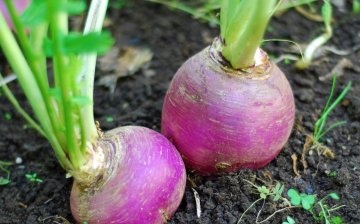
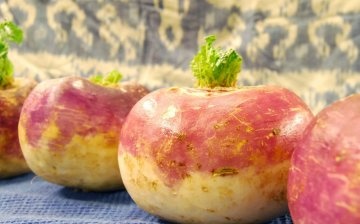
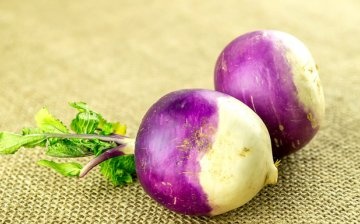
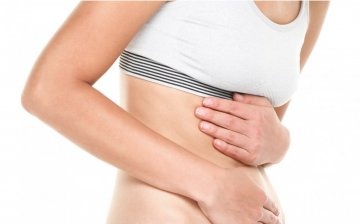
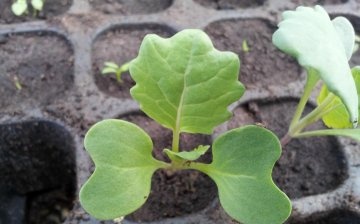
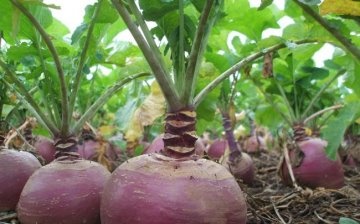

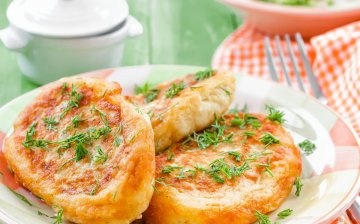
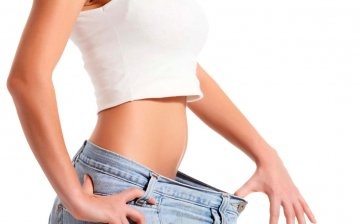
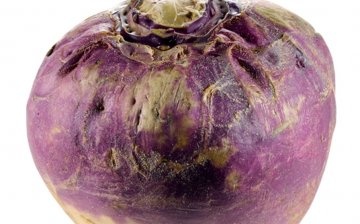
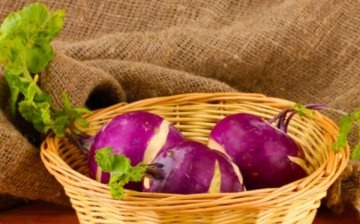












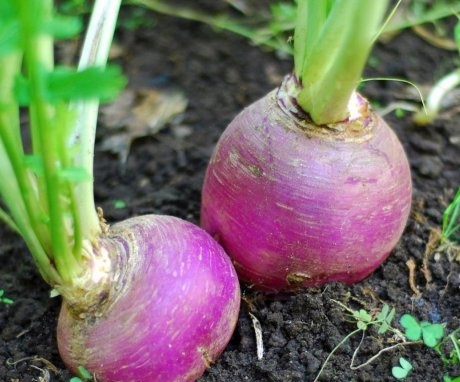
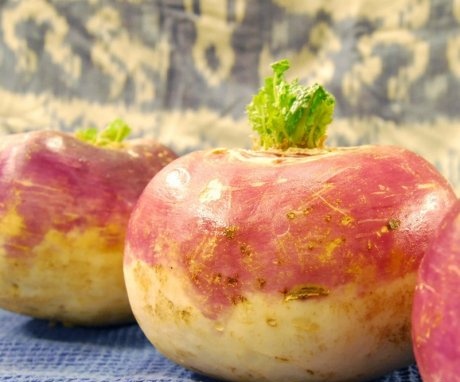
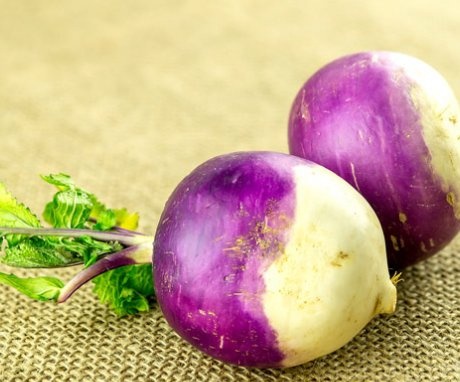
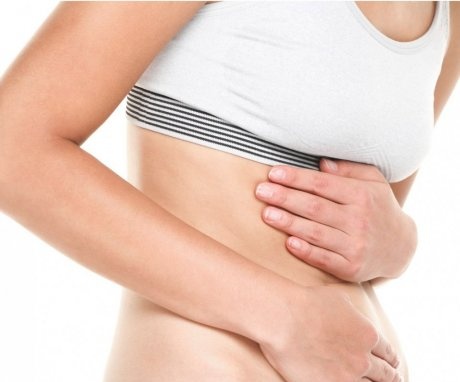
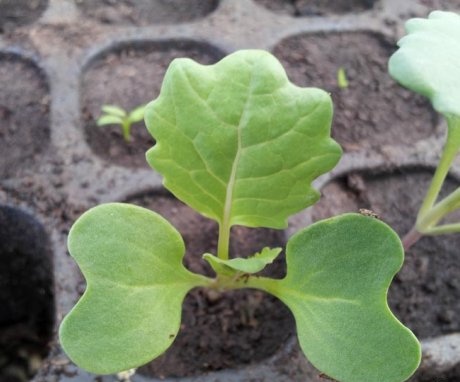


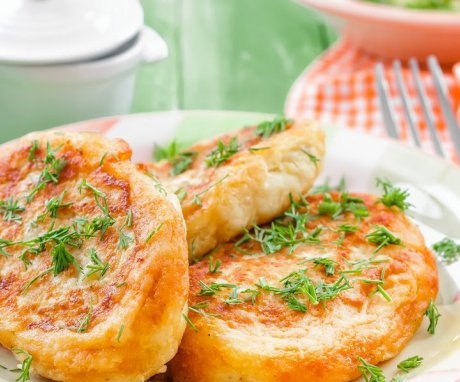

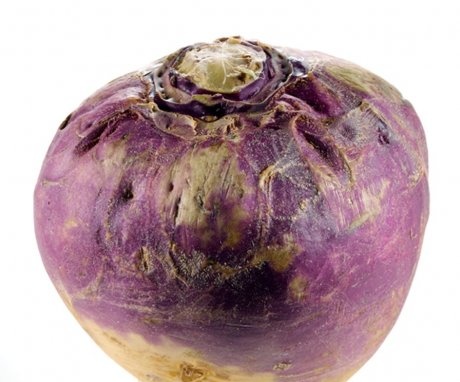
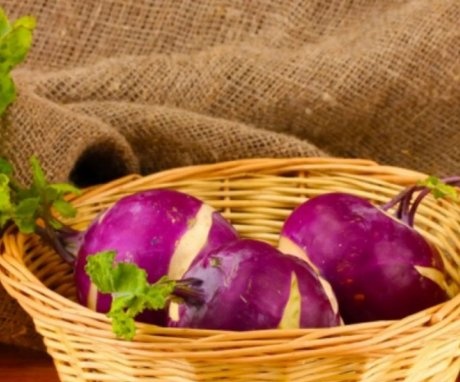
Crossbreeding of cabbage and turnips is, of course, very interesting, at first, when I looked at the photo, I thought that this is a kind of beet that I have never eaten. No, I have never met such a plant from anyone, apparently they cherish all their stomachs.
This is the first time I meet this fruit, as I have never seen it on the market, and I have never grown it myself. But I was interested in the information. Perhaps the rutabaga looks a bit like kohlrabi? Also a kind of mixture of radish and cabbage.
An incredible number of medicinal properties, in addition, low calorie content and lack of bitterness in taste, also draws attention to the rutabagas, but, for some reason, this useful root vegetable is not cultivated in our region. I have never seen his seeds on the market. You will still need to find seeds somewhere and plant this healthy vegetable next year.
This root crop is very useful, but unfortunately, recently only its fodder varieties have come across, and they are still too coarse, even after prolonged heat treatment.
In this century, rutabaga almost disappeared from home gardens. It's a pity. Thanks to this root crop, the evacuated residents of the Central part of the USSR simply survived beyond the Urals, and in Siberia.
When grown, it is unpretentious, but the composition is rich in vitamins and microelements.
Now, we try not to fertilize with current fertilizers, most often we add simple ash, after a fire or stove ...
For the sake of interest, it's worth at least once to buy this vegetable on the market. Still probably have to look. In its raw form, rutabaga, it seems to me, is like raw beets. Not every stomach can handle it. Perhaps there are some recipes, for example, salads using boiled rutabagas?